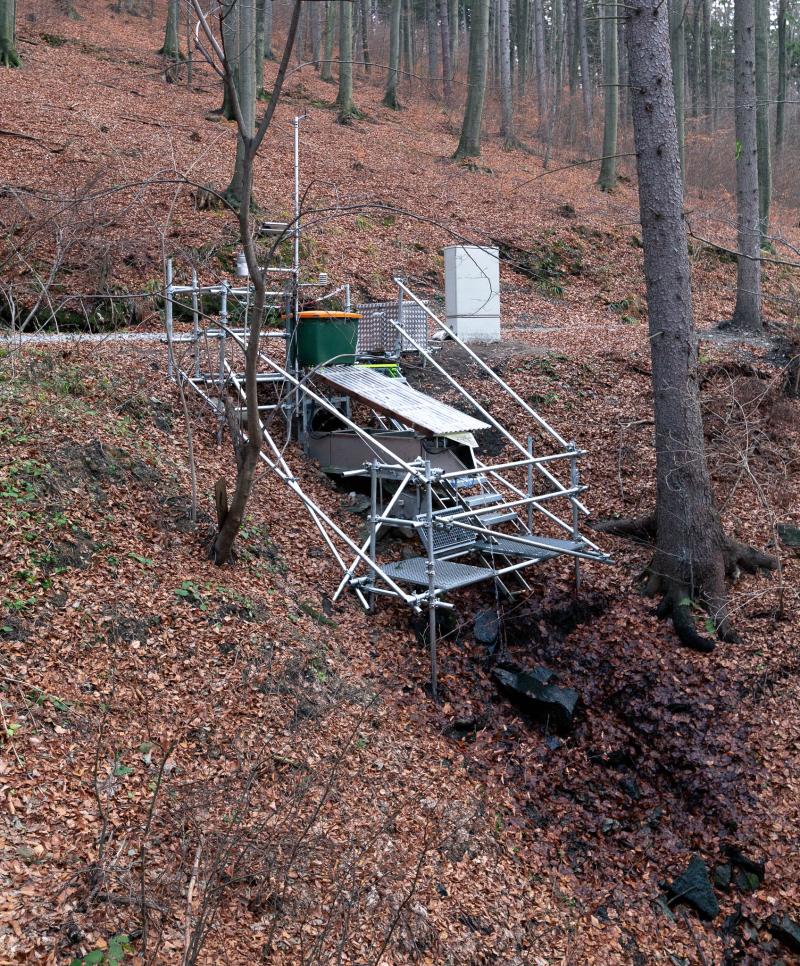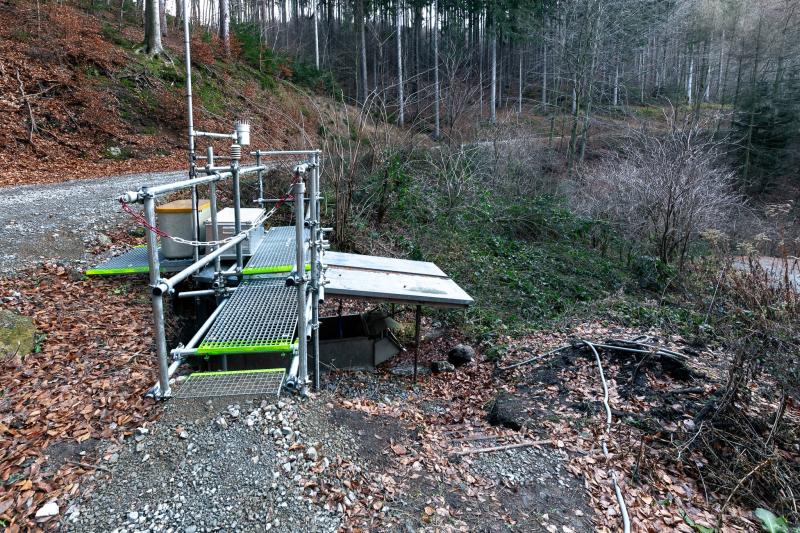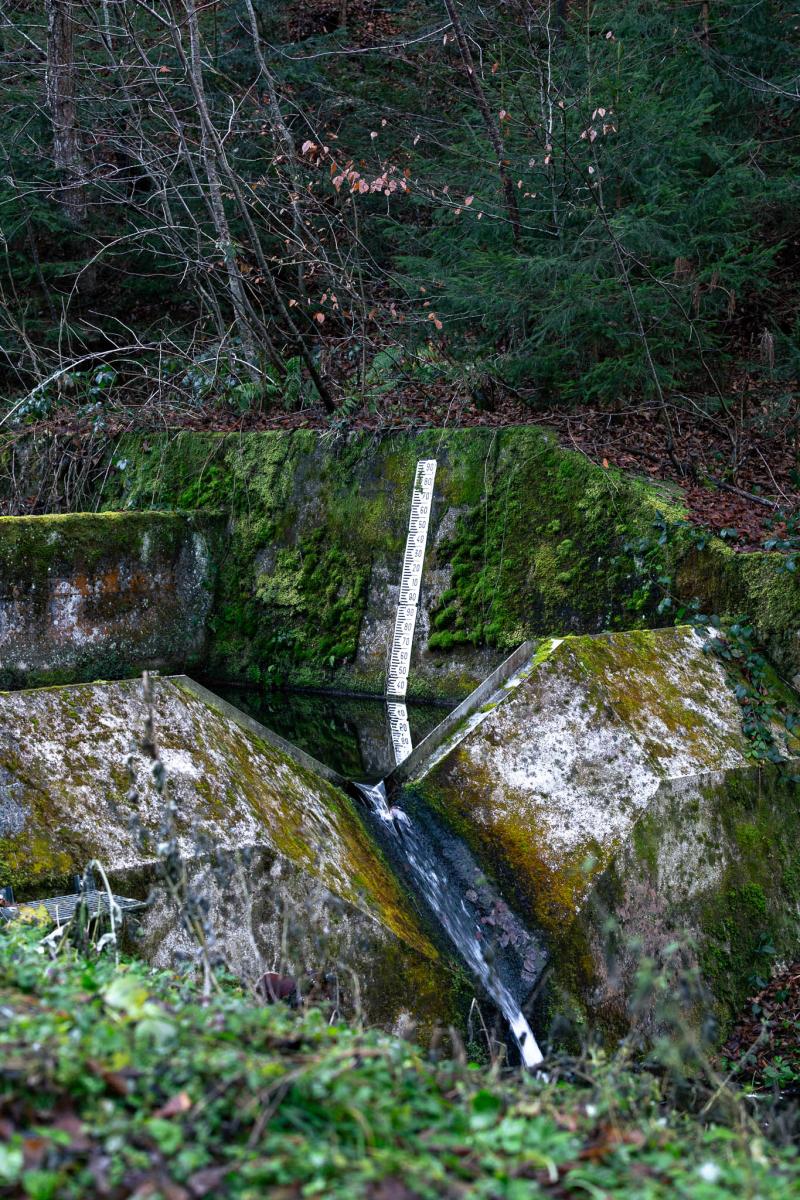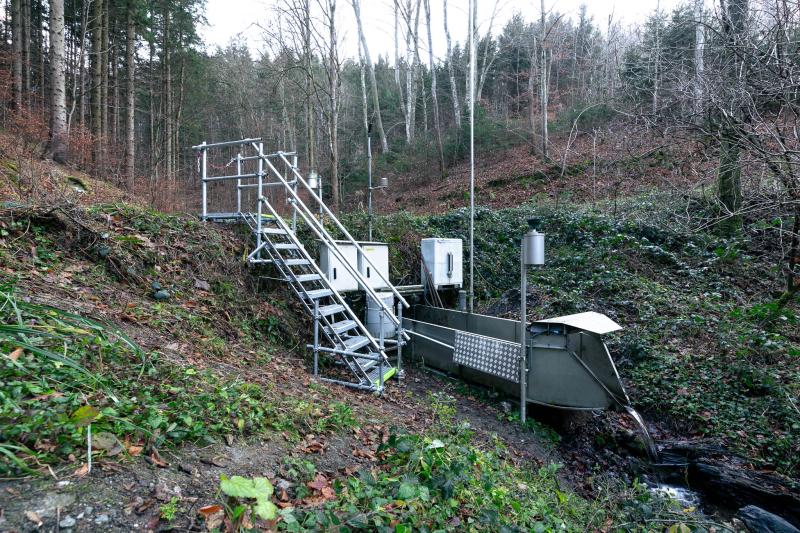Hydrological Experimental Research Watershed Rosalia
General Information
UUID
a1ac8bdb-a1b4-4b9f-811a-dc5f9969351a
Location Type
Description
The hydrological experimental research watershed Rosalia has been implemented to collect data that support the study of transport processes in the system of soil, water, plants and atmosphere and to generate comprehensive reference information for research projects on future management and climate change impacts. Special emphasis is given on bridging the gap between point related measurements and effective values and parameters for watersheds.
The monitoring of hydrometeorological data takes place in a densified network of stations: river discharge, water and air temperature, relative humidity and electrical conductivity of water are monitored at 4 gauges. The locations were selected to cover nested sub-watersheds of 9, 27, 145 and 220 ha, respectively. Precipitation is measured by 7 rain gauges at different altitudes. At four locations, soil profiles were installed where soil moisture and temperature are measured in four depths. Water quality (NO3-N, TOC, turbidity) is monitored by a spectrometer probe in one location. Monitoring of time series is complemented by terrestric surveys of soil properties during field courses of students and geophysical explorations. Topographic information is available from various DEM, including a 0.5 x0.5m resolution LIDAR.
Contact: Bano Mehdi-Schulz, Ass.Prof. M.Sc.Ph.D.
More information can be found here:
https://boku.ac.at/lawi/hywa/forschungsstandorte/forsthydrologisches-versuchsgebiet-rosalia
The monitoring of hydrometeorological data takes place in a densified network of stations: river discharge, water and air temperature, relative humidity and electrical conductivity of water are monitored at 4 gauges. The locations were selected to cover nested sub-watersheds of 9, 27, 145 and 220 ha, respectively. Precipitation is measured by 7 rain gauges at different altitudes. At four locations, soil profiles were installed where soil moisture and temperature are measured in four depths. Water quality (NO3-N, TOC, turbidity) is monitored by a spectrometer probe in one location. Monitoring of time series is complemented by terrestric surveys of soil properties during field courses of students and geophysical explorations. Topographic information is available from various DEM, including a 0.5 x0.5m resolution LIDAR.
Contact: Bano Mehdi-Schulz, Ass.Prof. M.Sc.Ph.D.
More information can be found here:
https://boku.ac.at/lawi/hywa/forschungsstandorte/forsthydrologisches-versuchsgebiet-rosalia



